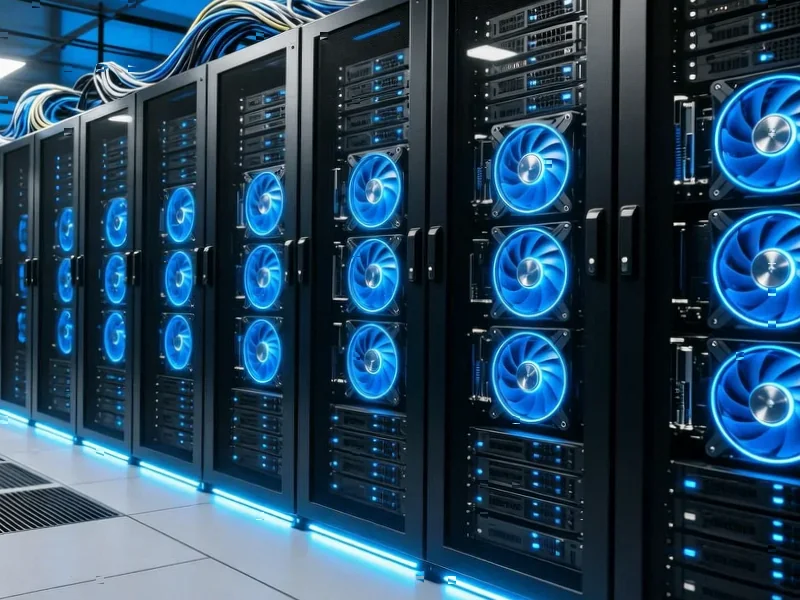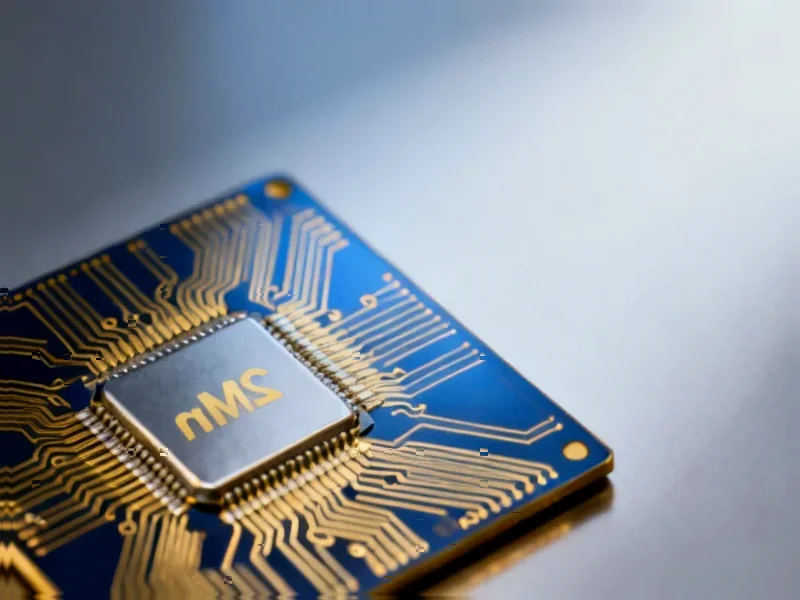According to Wccftech, SK hynix has unveiled an ambitious technology roadmap spanning 2026-2031 that positions the company to dominate the AI memory market. The roadmap reveals two distinct phases: 2026-2028 featuring HBM4 16-Hi and HBM4E solutions with custom HBM technology developed in collaboration with TSMC, and 2029-2031 introducing HBM5, GDDR7-next, DDR6, and 400+ layer 4D NAND technology. The company is also developing specialized AI-D DRAM and AI-N NAND solutions targeting specific AI workloads, with custom HBM solutions that move controllers to the base die to increase GPU compute area and reduce power consumption. This comprehensive strategy was detailed at the SK AI Summit 2025, signaling the company’s aggressive pursuit of the rapidly expanding AI infrastructure market.
The $100 Billion AI Memory Opportunity
SK hynix’s roadmap represents a calculated bet on the AI memory market growing from approximately $30 billion today to over $100 billion by 2030. The timing is strategic – we’re entering the second wave of AI infrastructure buildout where efficiency and specialization become critical differentiators. While competitors like Samsung and Micron focus on current-generation production, SK hynix is positioning itself 3-5 years ahead, anticipating that AI workloads will demand increasingly specialized memory architectures. The company’s public roadmap disclosure serves multiple purposes: it signals commitment to major AI customers like NVIDIA and AMD, attracts talent in a competitive semiconductor market, and potentially influences industry standards toward their preferred architectures.
From Commodity Supplier to AI Solutions Provider
The most significant shift in SK hynix’s strategy is the transition from selling commodity memory to providing integrated AI memory solutions. Their custom HBM approach – moving controllers to the base die – creates sticky customer relationships that are difficult for competitors to replicate. This isn’t just about selling memory chips; it’s about co-designing solutions with major AI accelerator manufacturers. The business model implications are profound: higher margins, longer contract durations, and reduced price sensitivity. When you’re designing memory specifically for NVIDIA’s next-generation Blackwell successors or AMD’s future Instinct accelerators, you’re not competing on price per gigabyte but on system-level performance and power efficiency.
Outflanking Samsung and Micron
SK hynix’s roadmap timing is particularly aggressive compared to competitors. While Samsung just began GDDR7 production and Micron is ramping HBM3E, SK hynix is already talking about post-GDDR7 and HBM5 technologies for 2029-2031. This creates perception leadership in the market, which is crucial for securing design wins with AI accelerator companies that plan their architectures 3-4 years in advance. The 400+ layer NAND announcement also positions them ahead in the storage hierarchy battle, where AI training datasets and inference models require massive, fast storage. By publicly committing to these timelines, SK hynix forces competitors to either match their aggressive schedule or risk being perceived as lagging in innovation.
Revenue Diversification and Margin Expansion
The specialized AI-D and AI-N product categories represent SK hynix’s play for higher-margin business segments. Traditional DRAM and NAND face brutal price competition, but AI-optimized memory can command premium pricing. Their segmentation into AI-D O (Optimization), AI-D B (Breakthrough), and AI-D E (Expansion) suggests a sophisticated approach to capturing value across different AI deployment scenarios – from cloud data centers to edge devices and robotics. This diversification protects against cyclical downturns in consumer electronics and positions the company to benefit from multiple AI growth vectors simultaneously. The custom HBM collaboration with TSMC also creates a formidable partnership that could dominate the high-end AI accelerator market for years.
The Billion-Dollar Execution Challenge
While the roadmap is ambitious, the execution risks are substantial. Developing 400+ layer NAND requires overcoming significant yield and reliability challenges that have plagued the industry at lower layer counts. The transition to DDR6 and HBM5 will demand massive capital expenditures – likely tens of billions of dollars in new fabrication facilities and R&D. There’s also timing risk: if AI demand growth slows or architectural shifts make their specialized solutions less relevant, SK hynix could find itself with overcapacity in high-cost manufacturing processes. However, given the company’s strategic focus and current leadership in HBM markets, they’re betting that capturing the AI infrastructure wave justifies these substantial investments.
Transforming Memory from Commodity to Strategic Asset
SK hynix’s roadmap reflects a fundamental industry shift where memory is no longer a interchangeable component but a strategic differentiator in AI system performance. As AI models grow exponentially in size and complexity, memory bandwidth and capacity become the critical bottlenecks determining system capabilities. This positions memory manufacturers like SK hynix as essential partners in the AI ecosystem rather than mere suppliers. The financial implications are staggering – if SK hynix executes successfully, they could capture 30-40% of the high-margin AI memory market, transforming their revenue profile and valuation multiples. The next 3-5 years will determine whether this bold roadmap translates into sustainable competitive advantage or becomes an expensive bet on AI growth that doesn’t materialize as expected.




